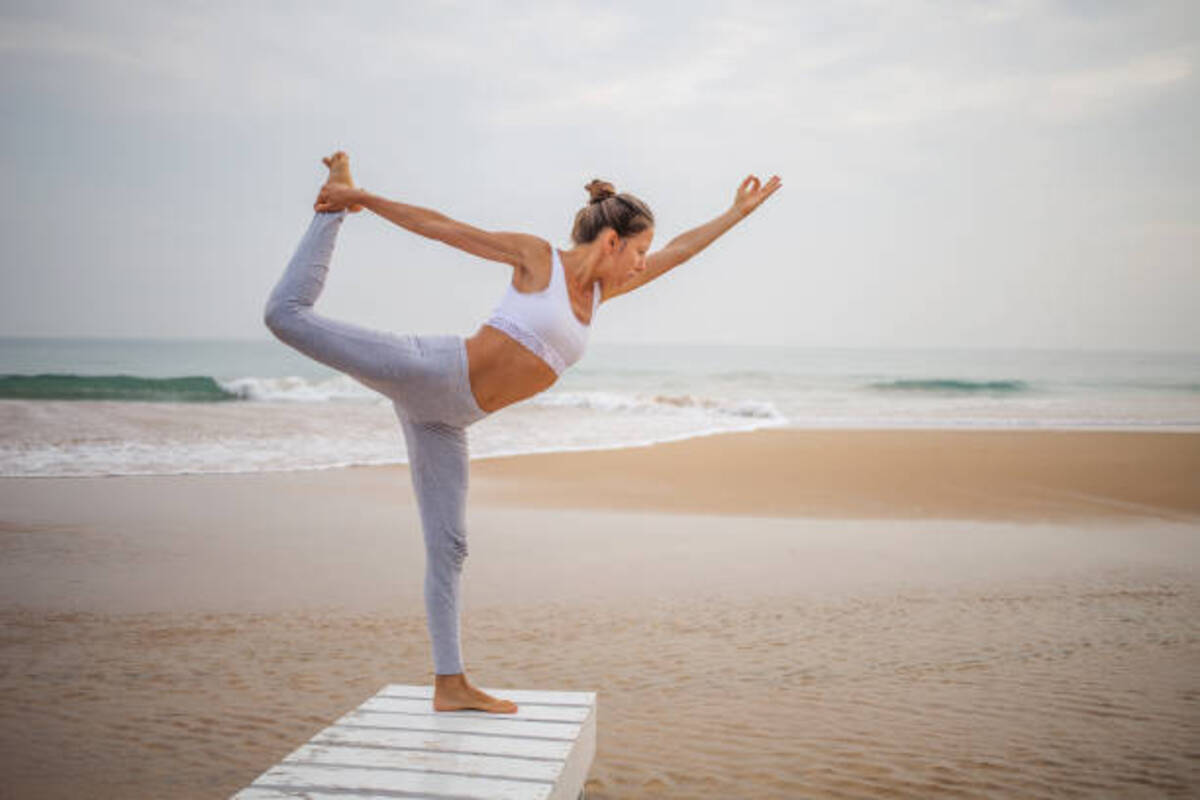Flexibility can seem like something you’re either born with or not. What most people call “flexibility” includes the range of motion in your joints as well as the length of the ligaments and tendons that surround those joints. If you have the goal to become flexible, simply stretching may not be enough. Try yoga or pilates to improve your flexibility and pay attention to your overall health.
Simply put, flexibility means the muscles and joints in your body can move without restriction or pain. If you’ve ever woken up with your body feeling stiff and achy, then you know exactly why flexibility is important. Your body is constantly under strain from external factors—stress, fitness, work and home-related repetitive activities. As fitness has grown to become a core value for more people, flexibility is more important than ever.
Being flexible has many benefits—starting with helping you feel good in your body. Flexibility training can also reduce the risk of injury, prevent or correct muscle imbalances, improve posture and enhance joint range of motion.
Flexibility is also increasingly important as you age. A 2012 study concluded that flexibility training can improve range of motion in older adults, and a 2014 study found a regular exercise and stretching program can help increase lower-body flexibility, dynamic balance and low-back strength, which all help reduce the risk of falls in older adults.
Tips for increasing flexibility:
Kneel on the left leg, placing the right leg forward at a right angle. Lunge forward, keeping the back straight. A stretch should be felt on the left groin.
Hold for five seconds.
Repeat three to six times.
Repeat on opposite leg.
Stand with legs apart, bending the left knee while leaning toward the left. Keep the back straight and the right leg straight.
Hold for five seconds.
Repeat three to six times.
Repeat on opposite leg.
Stand with legs crossed, keeping the feet close together and the legs straight. Try to touch the toes.
Hold for five seconds.
Repeat three to six times.
Repeat with the opposite leg.
Stand supported by holding onto a wall or chair. Pull the foot behind the buttocks. Try to keep your knees close together.
Hold for five seconds.
Repeat three to six times.
Sit down, place the soles of the feet together and drop the knees toward the floor. Place the forearms on the inside of the knees and push the knees toward the ground. Lean forward from the hips.
Hold for five seconds.
Repeat three to six times.
Sit with legs spread, placing both hands on the same shin or ankle. Bring the chin toward the knee, keeping the leg straight.
Hold for five seconds.
Repeat three to six times.
Repeat exercise on the opposite leg.
Sit with the legs together, feet flexed, and hands-on the shins or ankles. Bring the chin toward the knees.
Hold for five seconds.
Repeat three to six times.
Lie on the back with knees bent. Grasp the tops of knees and bring them out toward the armpits, rocking gently.
Hold for five seconds.
Repeat three to five times.










